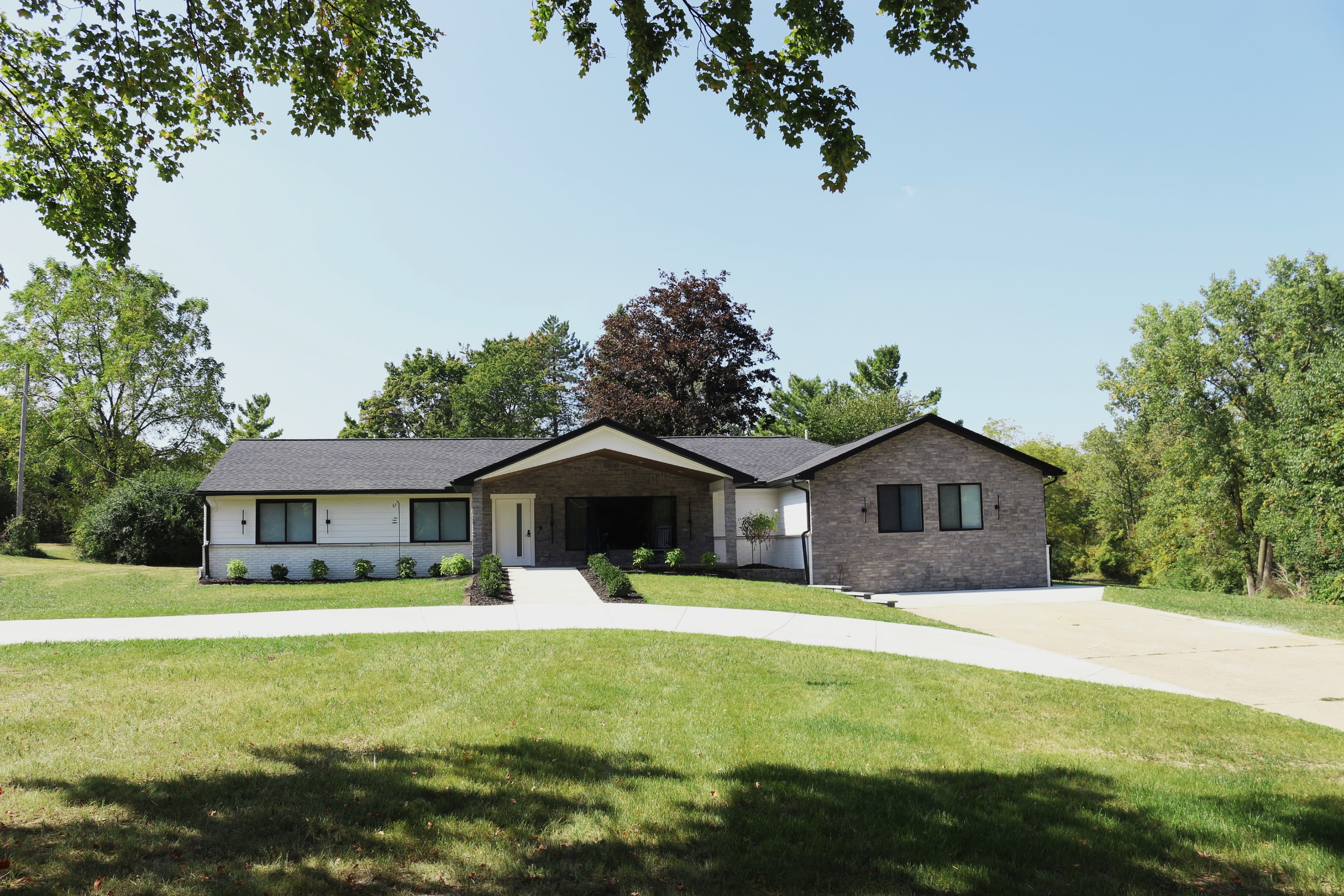
Transitioning to residential care is a significant life change for both seniors and their families. With careful planning, empathy, and the right approach, this transition can be a positive experience that leads to improved quality of life, new friendships, and professional support when it's needed most.
Transition Timeline: A Step-by-Step Approach
- 4-6 weeks before: Initial discussions, research, and facility selection
- 2-3 weeks before: Preparing paperwork, personal items, and room setup
- 1 week before: Final preparations and emotional preparation
- Moving day: Making it comfortable, calm, and stress-free
- First month: Adjustment period and establishing new routines
Preparing for the Move: Practical Steps
Proper preparation can significantly reduce moving-day stress for everyone involved:
Document Preparation
- Medical records and current medication lists
- Legal documents (power of attorney, advance directives)
- Insurance cards and identification documents
- Financial information for billing arrangements
- Emergency contact information for family members
Personal Belongings
- Comfortable clothing and non-slip footwear
- Favorite personal care items and toiletries
- Photos, memorabilia, and familiar objects from home
- Books, music, or hobby materials they enjoy
- Bedding, pillows, and decorative items for personalization
Emotional Preparation for the Senior
Acknowledging and addressing emotional concerns is crucial for a successful transition:
Addressing Common Fears and Concerns
Loss of Independence
- Emphasize supported independence and choices
- Discuss daily decisions they'll still control
- Highlight time saved on household chores
Fear of the Unknown
- Arrange multiple pre-move visits and tours
- Introduce to caregivers and staff beforehand
- Share photos and videos of their new space
Leaving Home Behind
- Create a memory book or digital photo album
- Bring meaningful, familiar items for their room
- Plan a meaningful way to say goodbye to their home
Loneliness Concerns
- Highlight social opportunities and activities
- Discuss and schedule regular family visits
- Plan communication methods between visits
Making Moving Day Comfortable
The actual moving day requires special planning to minimize stress and create positive memories:
Moving Day Checklist

The First Week: Setting Realistic Expectations
The initial adjustment period requires patience and understanding from everyone involved:
What to Expect
- Some confusion or temporary disorientation
- Possible resistance or negative feelings initially
- Testing boundaries with new caregivers
- Moments of homesickness or emotional adjustment
- Gradual adaptation to new routines and schedules
How to Support
- Visit regularly but allow space for adjustment
- Participate in activities and meals together
- Listen to concerns without immediate solutions
- Work collaboratively with care staff on concerns
- Celebrate small successes and positive moments
Family Involvement After the Move
Maintaining strong family connections is vital for emotional wellbeing and successful adjustment:
Staying Connected and Involved
Visiting Strategies
- Establish a consistent visiting schedule
- Join for meals or participate in activities
- Bring grandchildren or family pets if allowed
- Respect their new routine and social connections
- Create new traditions in their new home
Alternative Connections
- Regular phone calls or video chats
- Handwritten cards, letters, or photo updates
- Care packages with favorite treats or items
- Digital photo sharing through family apps
- Participating in special facility events together
Working with Care Staff
Building a positive, collaborative relationship with care staff benefits everyone involved:
Communication Tips
- Attend scheduled care plan review meetings
- Share important personal preferences and history
- Provide feedback respectfully and constructively
- Get to know key staff members and their roles
- Use preferred communication methods and hours
Partnership Approach
- View staff as care partners and allies
- Trust their professional expertise and experience
- Respect facility policies, routines, and safety measures
- Express appreciation for good care and attention
- Work together collaboratively to solve challenges
Signs of Successful Adjustment
It may take several weeks to fully settle in, but these positive signs indicate the transition is working well:
Social Indicators
- Participating in group activities and events
- Developing friendships with other residents
- Recognizing and greeting staff members by name
- Comfortably sharing meals in common areas
- Engaging in group conversations and social moments
Personal Indicators
- Appearing generally relaxed and comfortable
- Maintaining personal hygiene and self-care routines
- Eating well and sleeping through the night
- Referring to the facility as "home" naturally
- Sharing positive experiences with visitors
Need Help With the Transition?
Our team makes moving to home care smooth and comfortable. We offer personalized support for residents and families.